After our culinary adventure in Copenhagen, we visited a good friend of Katy’s that she met hiking the Pacific Crest Trail who lives in a the neighboring town of Odense (oðˀn̩sə sounds something like ‘O-then-se’). She loaned us her apartment for our entire visit! Thanks Louise! It’s a beautiful little town that was the home of Hans Christian Anderson. The town is filled with statues referencing his stories, statues of the author lounging around, and footsteps on the sidewalks that you can follow as a walking tour of his life. It’s the third largest city in Denmark but as our friend says “… but we are not many people”. I really liked Odense. It was charming, lots of old world charm and original buildings (unlike most towns it was never destroyed in a fire). Lots of great places to eat and drink, and tons of options if you’re not into Danish food all the time. And lots of day trip opportunities to small towns and islands.
Walking around town.
Odense is easily walkable, flat so it’s easy to bike, and very bike friendly. The center part of town is primarily pedestrian. Quiet streets with charming buildings.
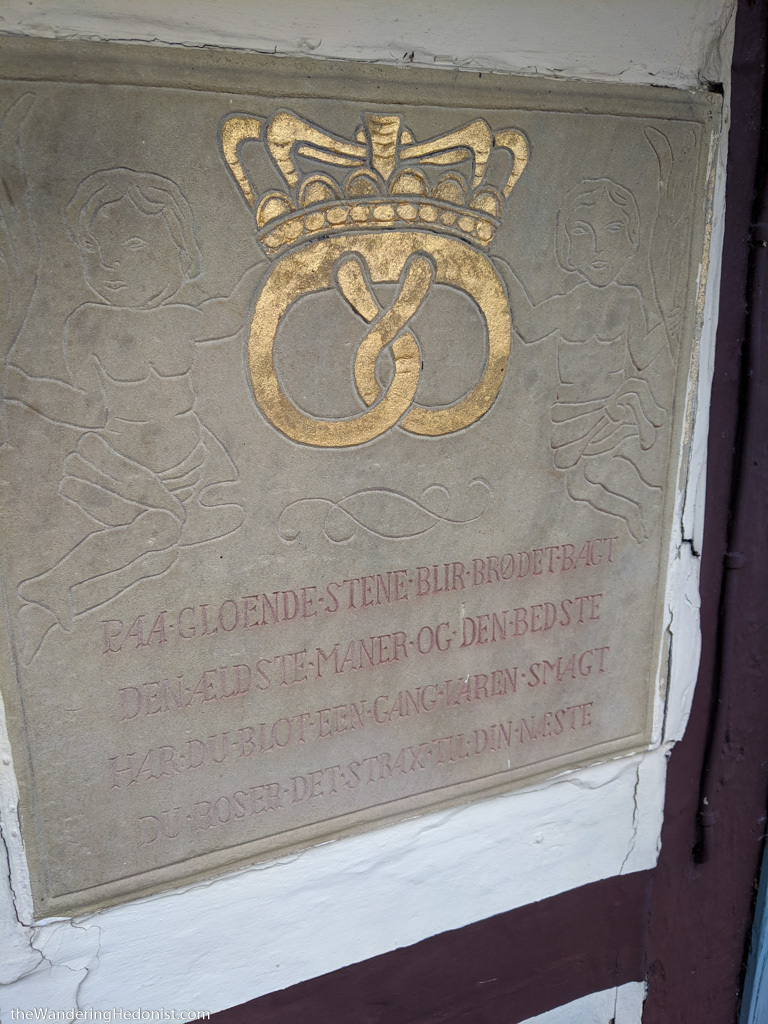
This is not a pretzel. If you say it looks like a pretzel the locals will be very upset. They take their baked goods extremely seriously. Apparently it doesn’t look anything like a pretzel.
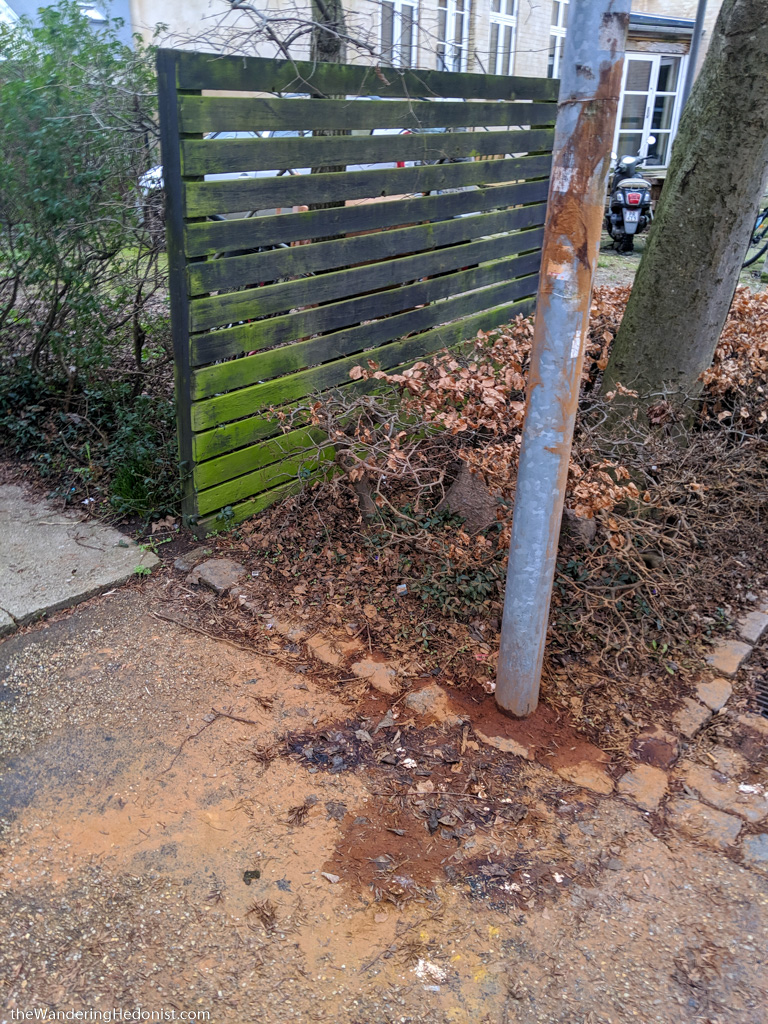
Apparently if you’re not married when you turn 25 in Denmark, they tie you to a tree, cover you in water, pelt you with eggs, then coat you head to toe with cinnamon. Seriously, look it up. This looks like a crime scene.
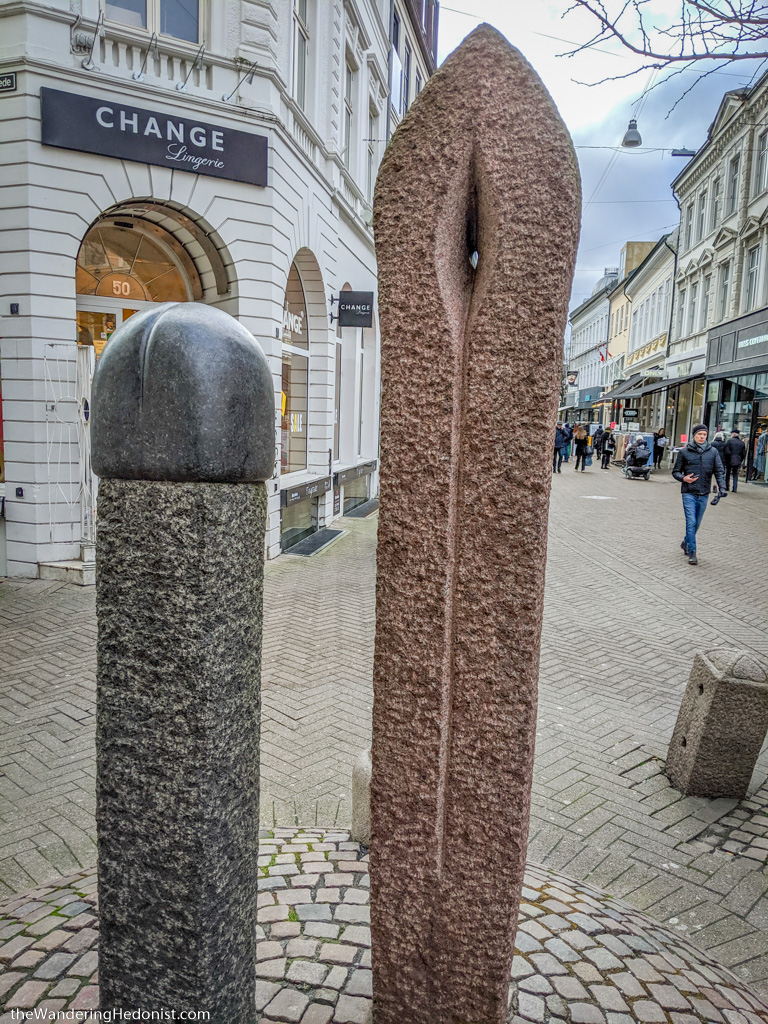
This is one of several penis shaped statues in the middle of town. It’s supposedly based on an HCA story called “The darning needle”.
Folk highschools
Our friend is currently a teacher at a Danish folk highschool so we had the awesome opportunity to tour her school and learn a little about the concept. Folk highschools are a Danish tradition of non-formal adult education that exists generally between what we call in the US as highschool and formal college/university (we don’t really have an equivalent concept). They are informal boarding schools, typically attended by 18-24 year olds (though there’s no age limit), for around 4 months or more but there’s no specific limit on attendance. There are no grades or exams. The schools focus instead on learning life skills, independent living, building ownership in community, and personal development and focus to help orient the student’s future studies and life goals. There are many different focuses in schools, some academic, some physical/sports in nature, whatever suits your particular interest. Our friend teaches how to turn personal convictions into practical activism and in addition to classroom studies takes her students on trips to Israel, Africa, and other destinations.
The concept dates back to the 19th century and N.F.S. Grundtvig, a Danish philosopher, poet, educational thinker and clergyman and his thoughts concerning free educational opportunities. His ideas are the cornerstone of public education worldwide. Also apparently you’re required to sing together. There’s a book of like 572 songs. They sing every day. Grundtvig wrote 1,585 songs himself. That might be the deal breaker for me.
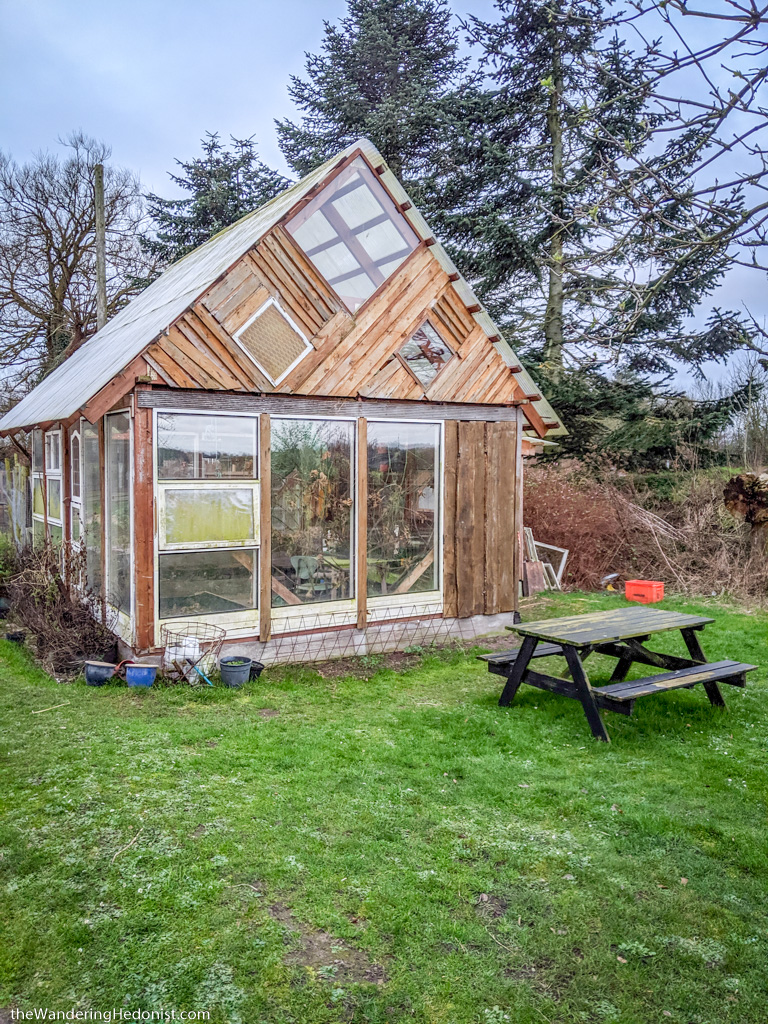
Greenhouse made of recycled window. Also chickens! While I was there they announced new chickens and a naming meeting for them.
Fastelavn
It’s always fun to learn about new local traditions and I had never heard of the fastelavn holiday which falls on Feb 23 this year, essentially the Danish manifestation of Carnival or Mardi Gras happening the week before Lent. It can be compared to the German Fastelovend, Fettisdagen in Sweden, Öskudagur in Iceland, and Laskiainen in Finland. Like most holidays I know of it’s an amalgam of old traditions that have been Christianized. And it has a traditional baked good, so you know I’m in.
The event includes dressing up in costumes and going door to door asking for treats, but instead of the trick or treat threat it’s just to make sure the children stay good.
Another interesting tradition is Cat in a Barrel. It’s kind of like a pinata where a small barrel of candy with an image of a cat on it is whacked with a stick until it spills out. The person who releases the candy becomes kattedronning (“queen of cats”) and the one who takes out the last piece of the barrel becomes kattekonge (“king of cats”).
Our friend says originally black cats were considered reincarnated witches and there was an actual cat in the barrel and it was whacked until the cat died! I think I like the candy version better.
There’s another interesting midsummer festival (summer solstice) where traditionally bonfires were burned ceremonially, to keep the evil spirits away, but the Christianized version adds an effigy of a witch that they burn. Sorry witch readers. Stay out of Denmark in midsummer apparently.
The traditional pastry for Fastelavn is fastelavnsbolle. Danes are particularly passionate about pastry it seems and this one comes in a variety of styles. There’s an old traditional one, a newer style, and then a modern kind that’s like a creampuff or eclair. I had no problem convincing our host to not only buy four fastelavnsbolle in the name of research but we got a fifth pastry just for funsies.
A day trip to the local island of Ærø.
We took advantage of the small bit of sunshine and took a ferry to the island of Ærø. First to the town of Ærøskøbing and then down to Marstal. Outrageously cute seaside towns with friendly progressive townspeople. A bit sleepy during the off season but still fun to roam around.

This is the food I bought from the tiny ferry cafeteria. Seriously. On a one hour ferry. This stuff is great.
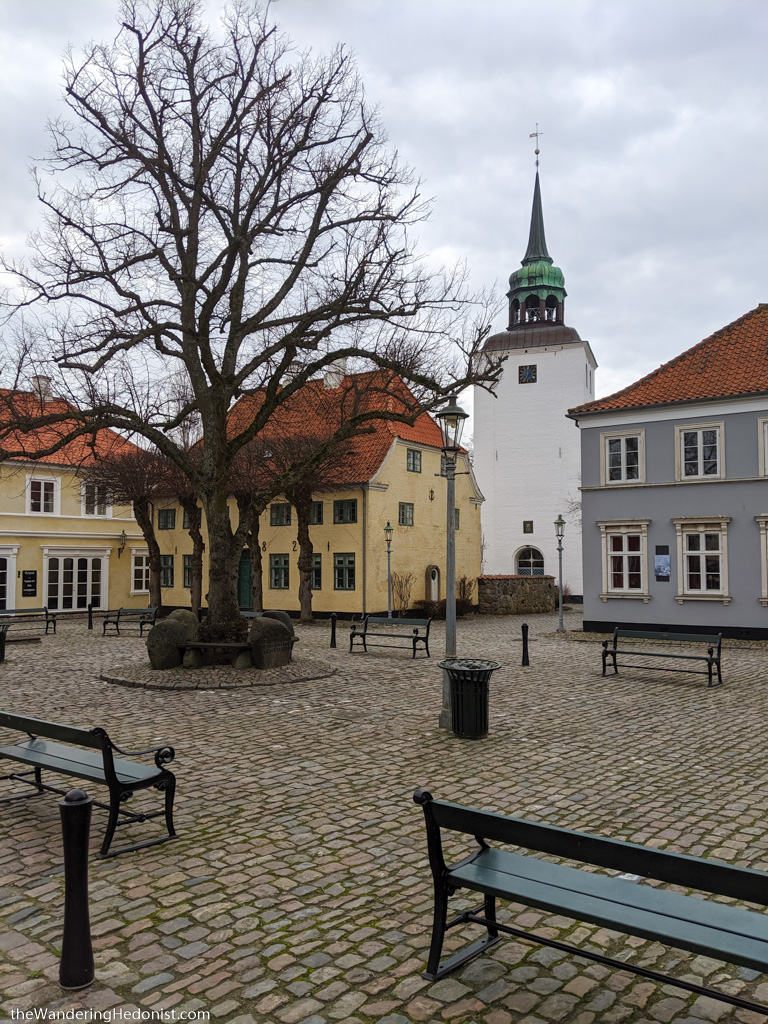
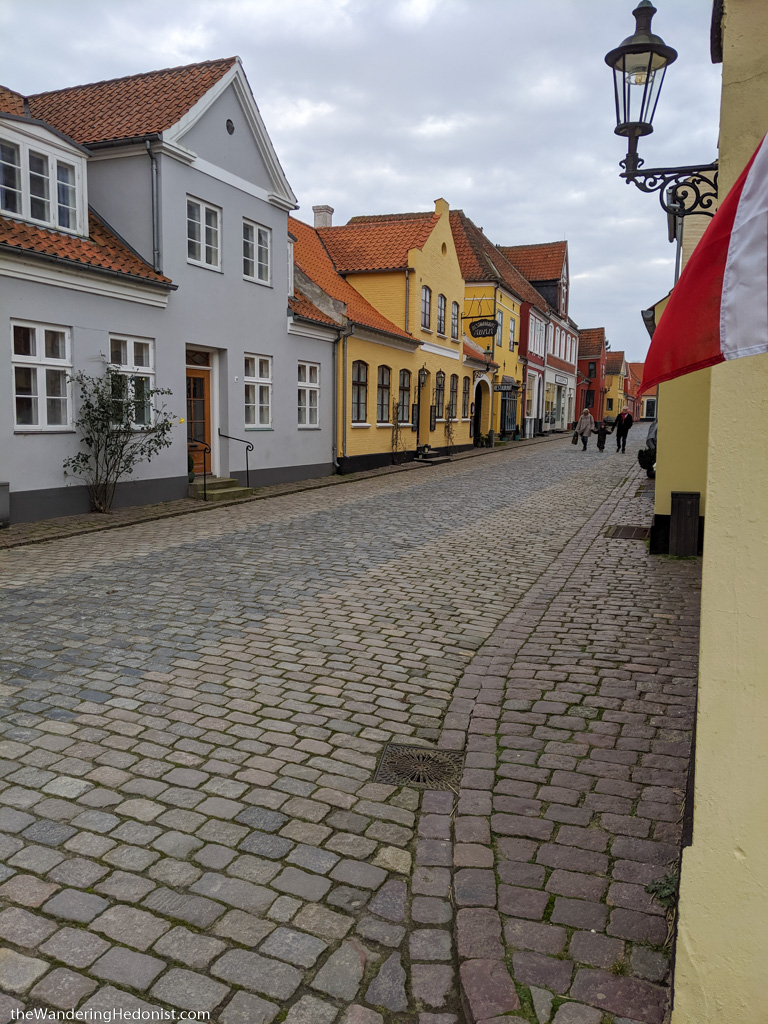
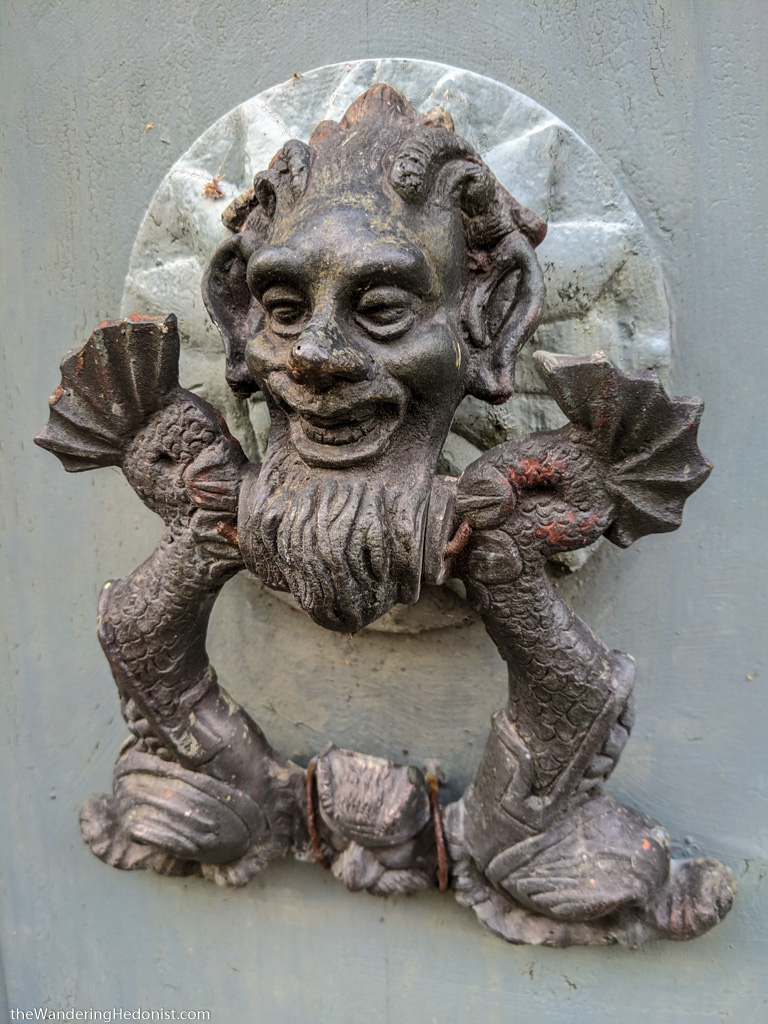
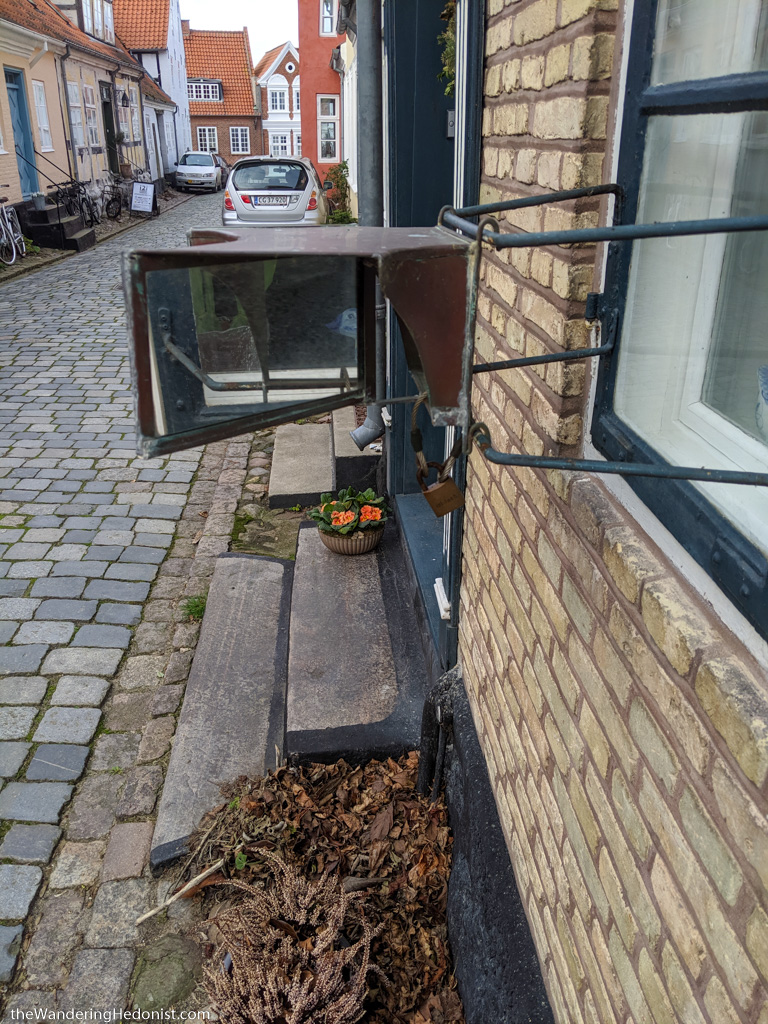
These were on all of the old houses. It’s a device with two angled mirrors on each side so when you look out the window you can spy on the whole street. No one thought these were odd.
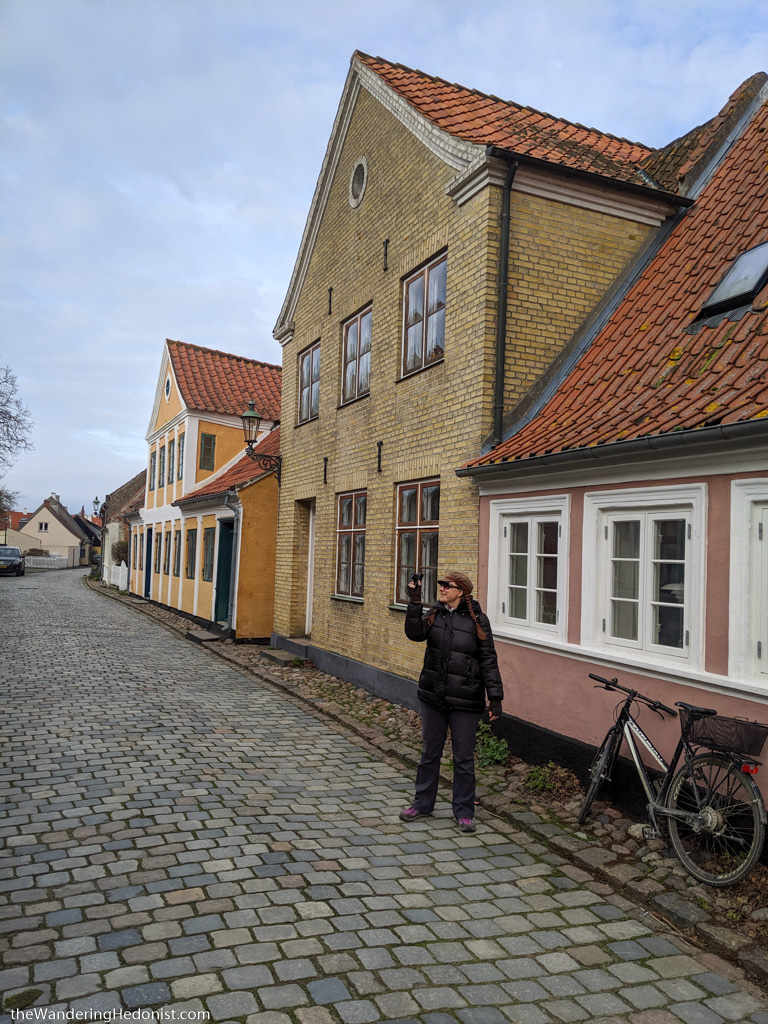
Lunch!
Our first night in Copenhagen I picked up a variety of goodies from the grocery store including this can of smoked cod roe loaf that I didn’t get to try. I brought it to Odense and Louise explained it was actually a childhood favorite of hers (apparently Danish kids might have a problem eating fish but not smoked codfish roe).
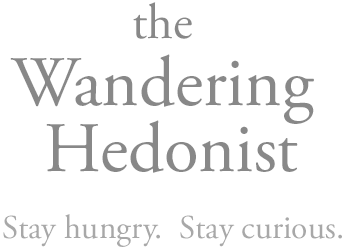
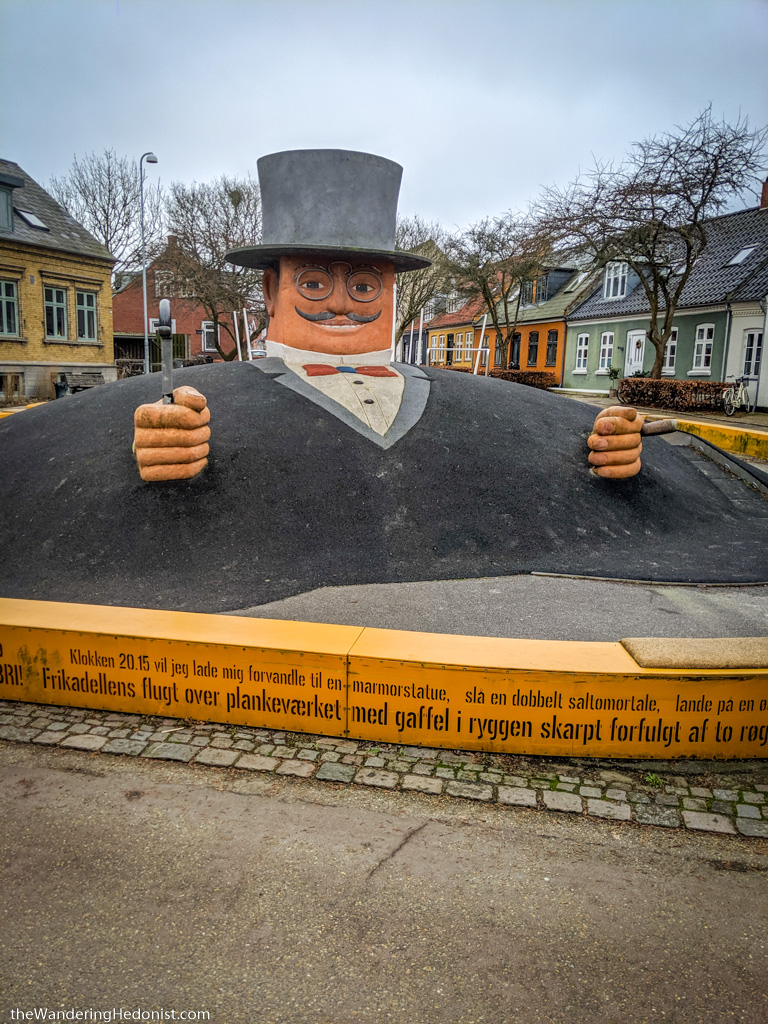
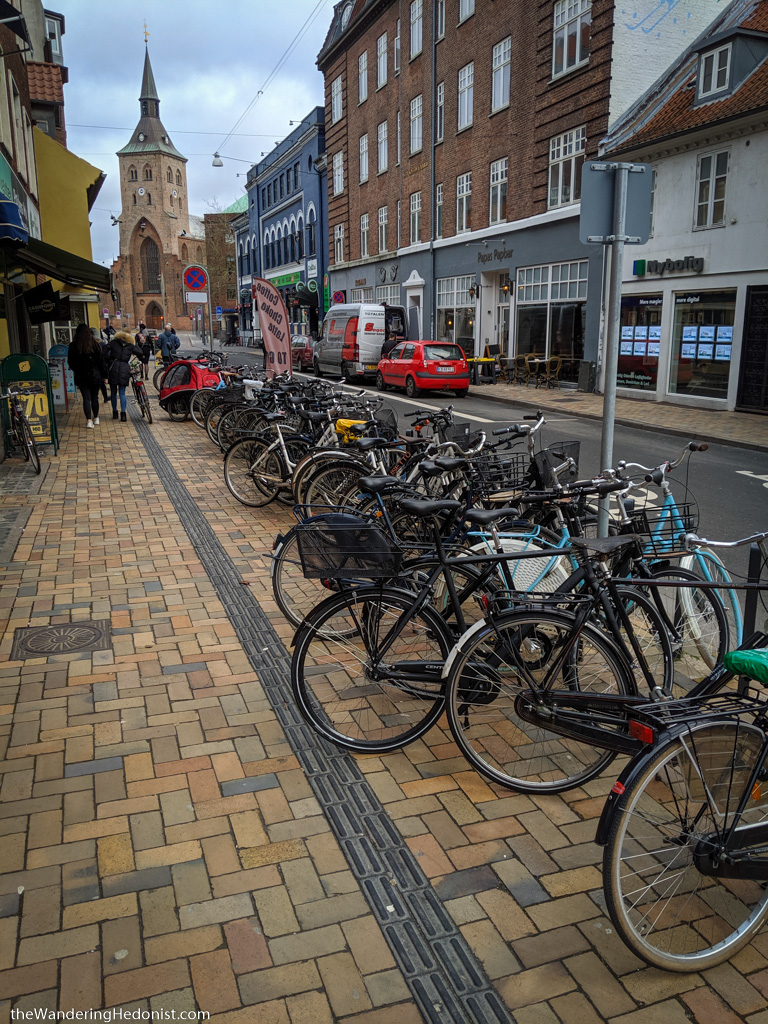
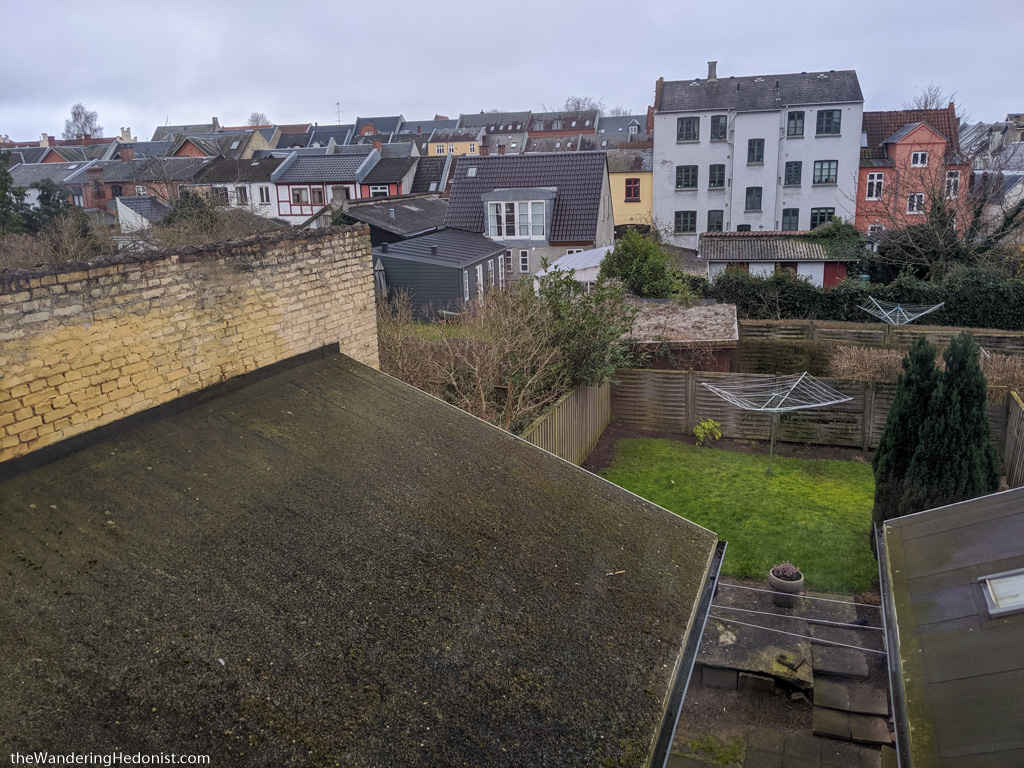
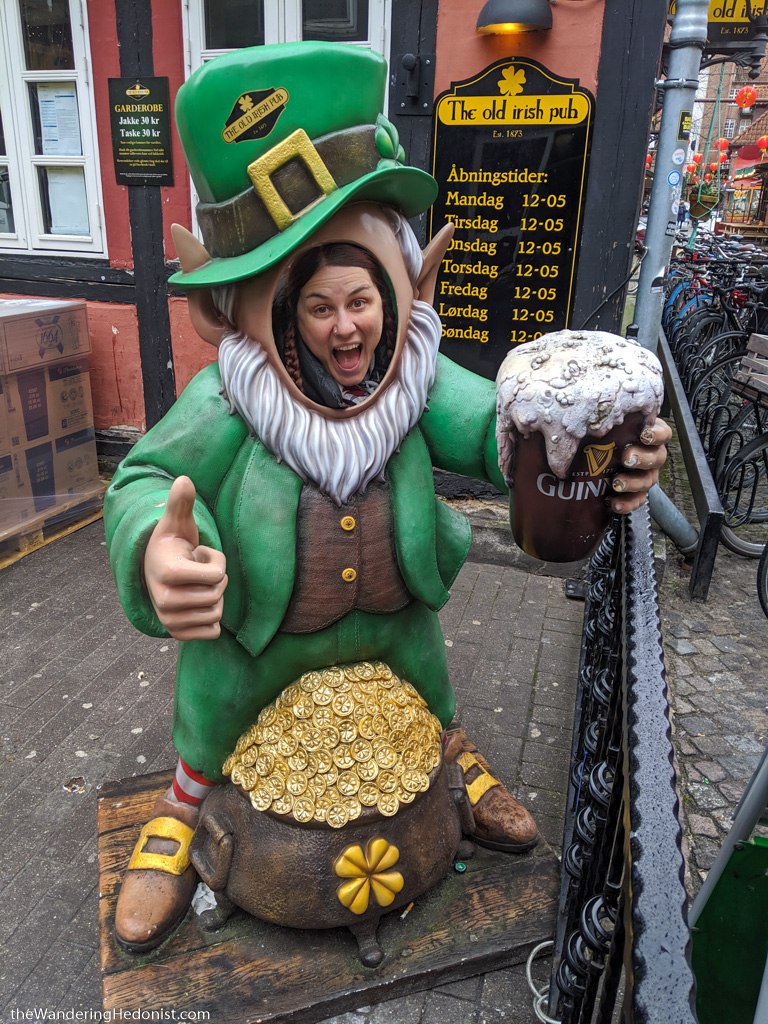
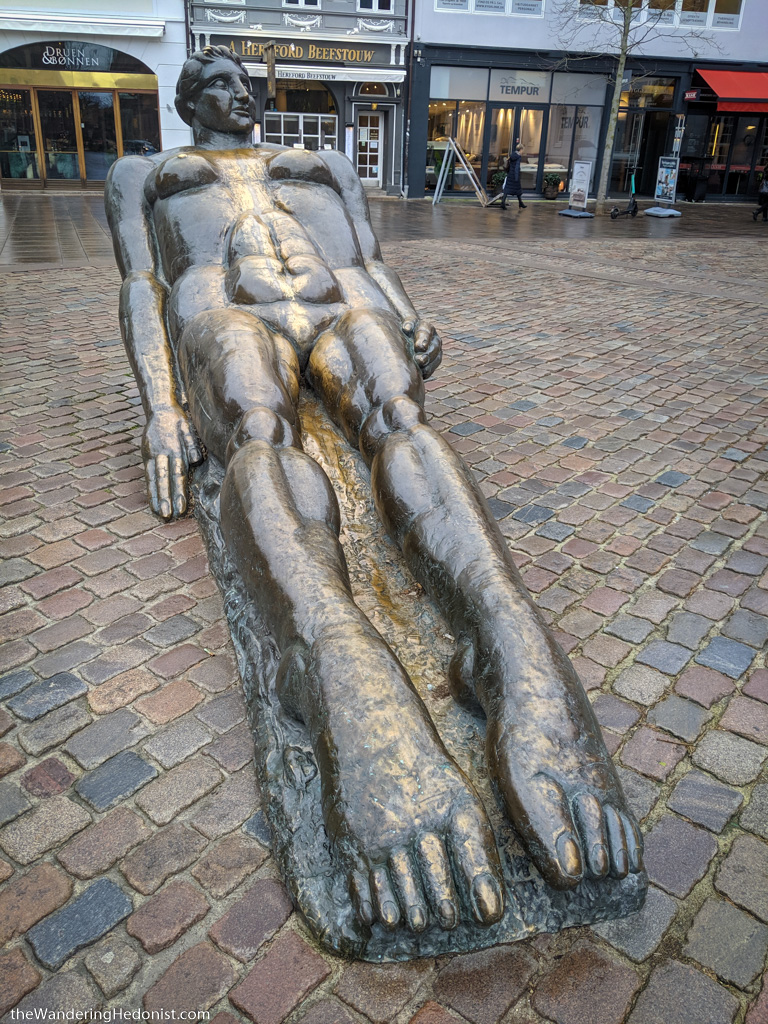
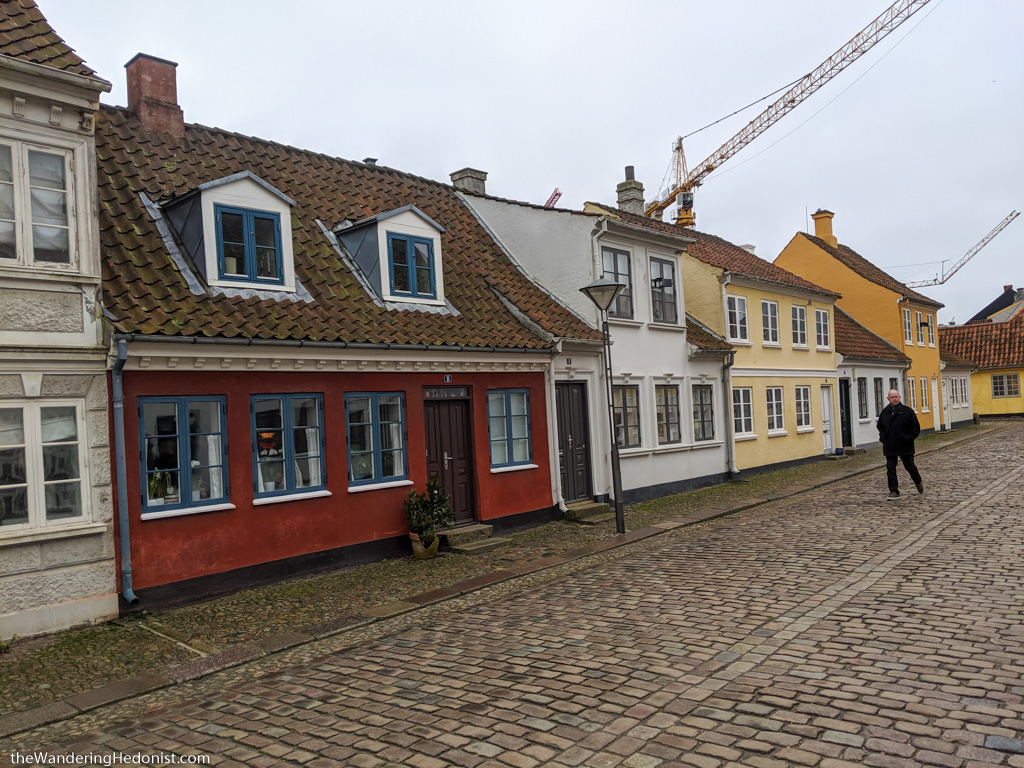
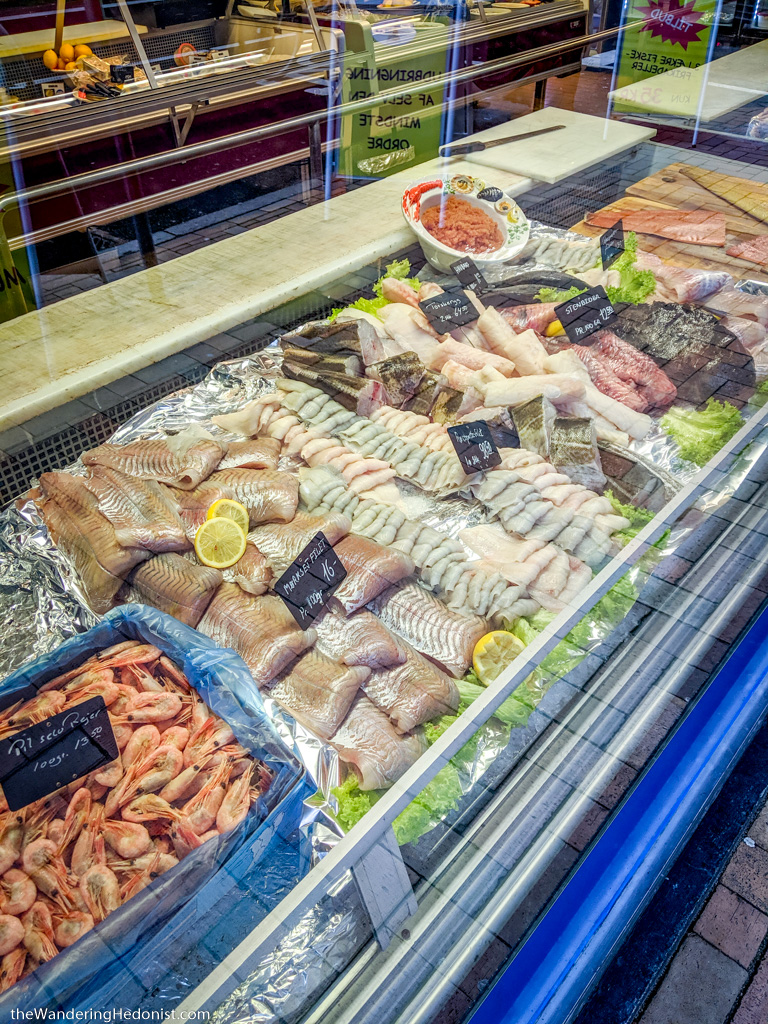
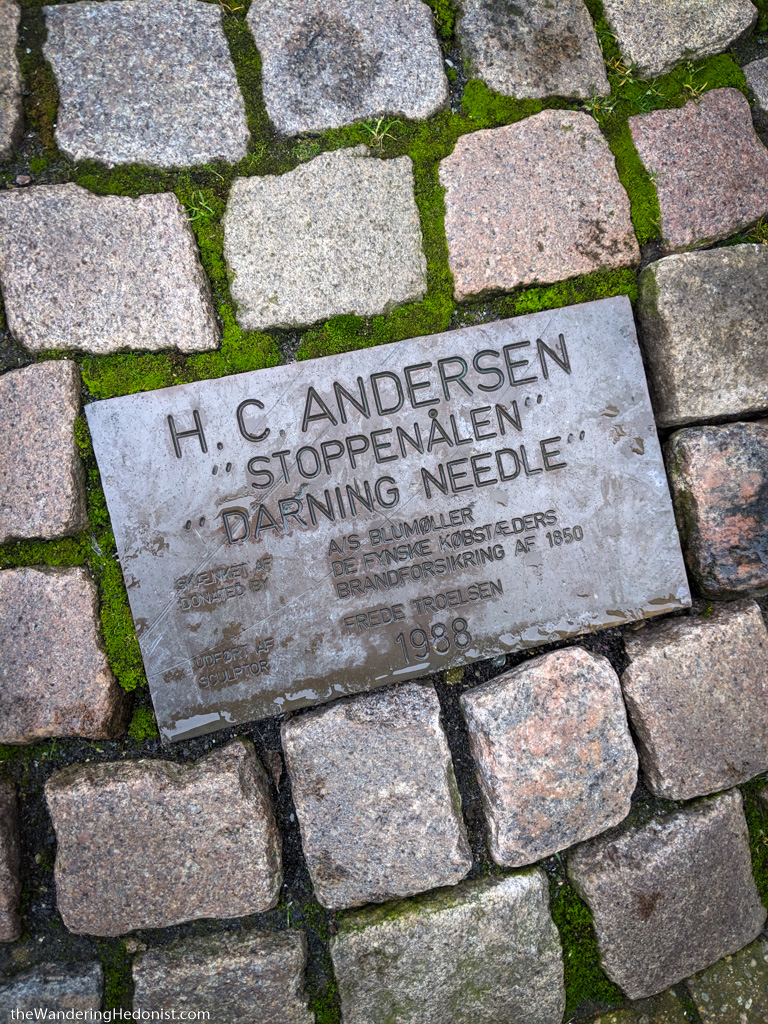


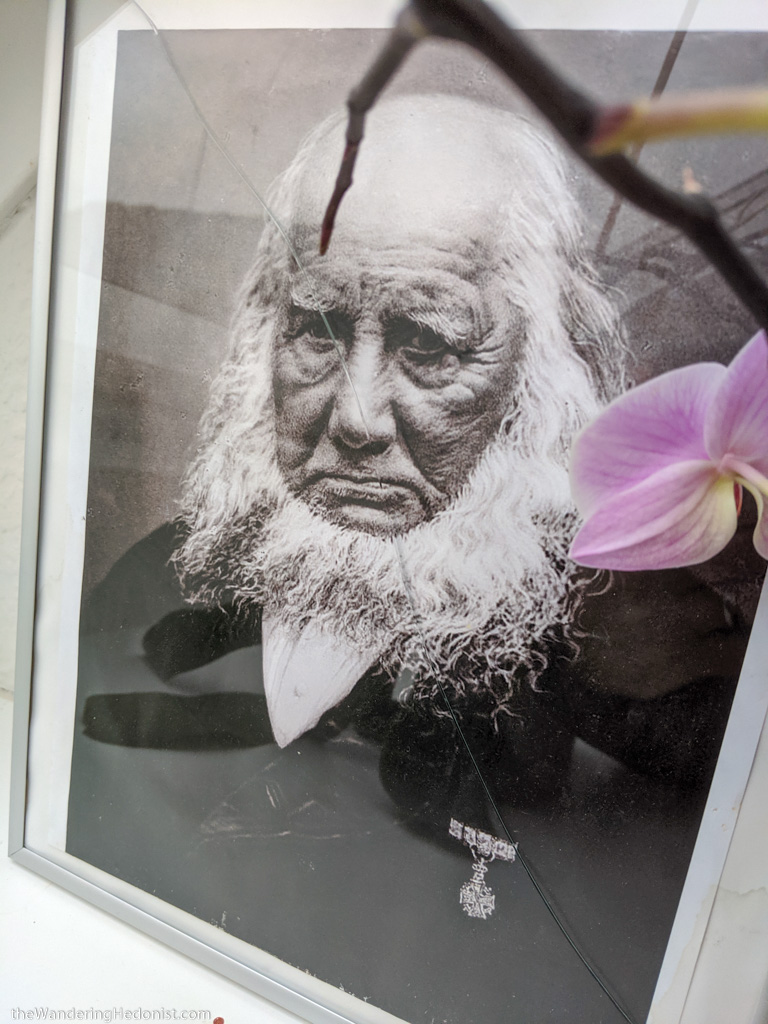
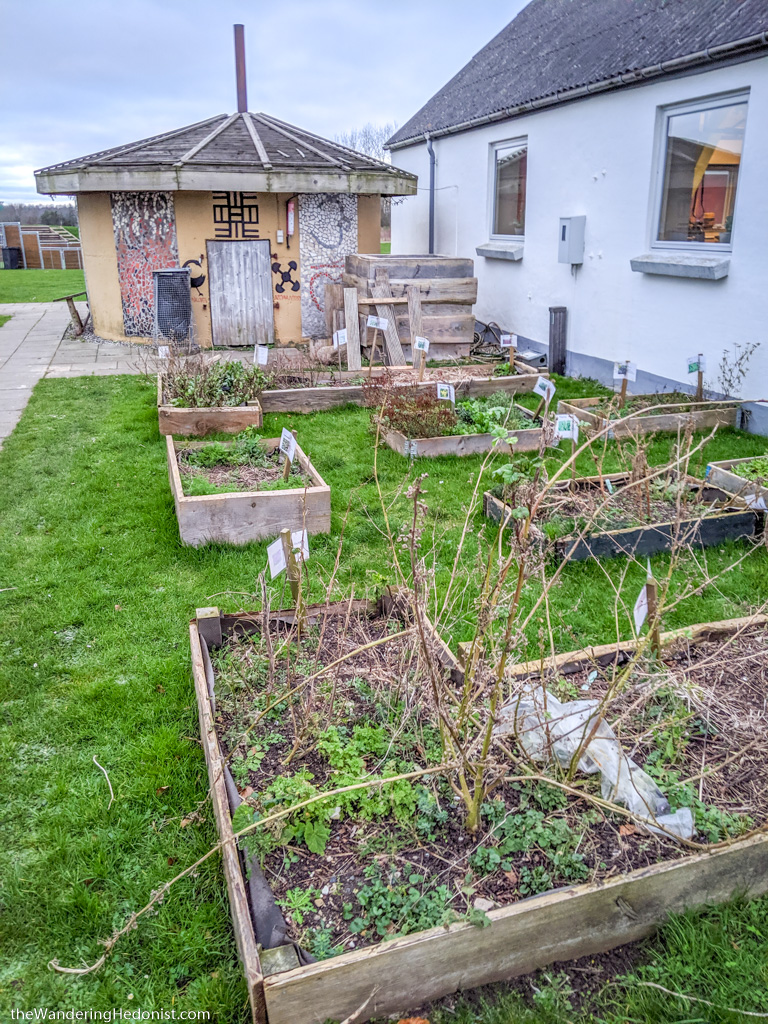
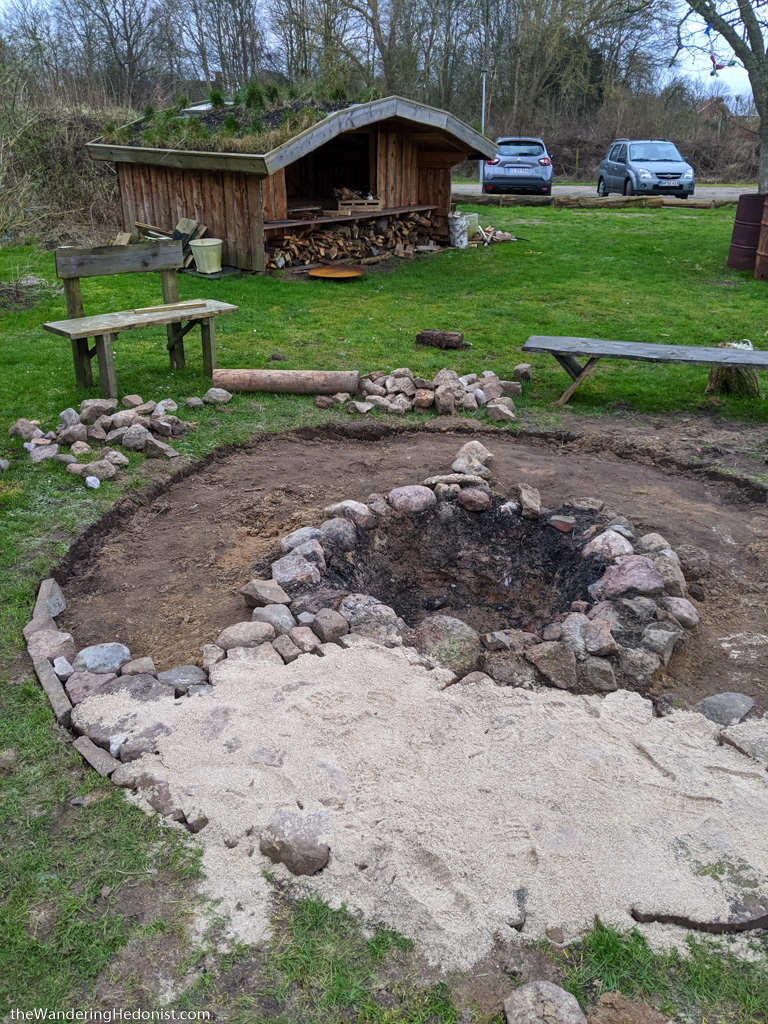






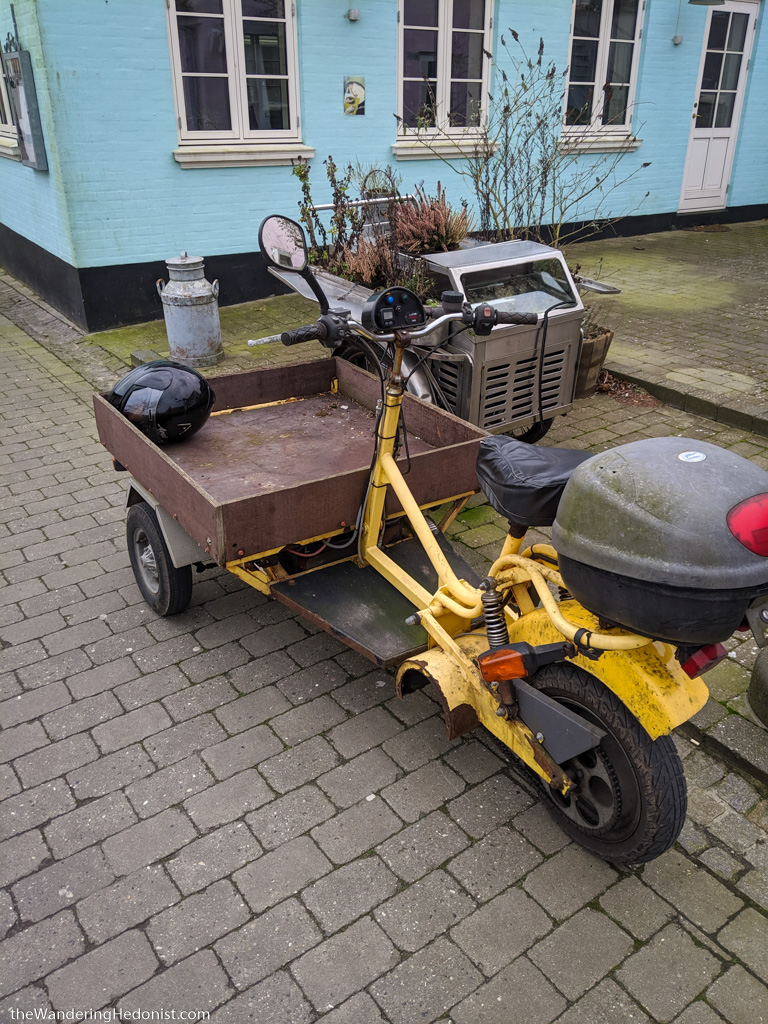


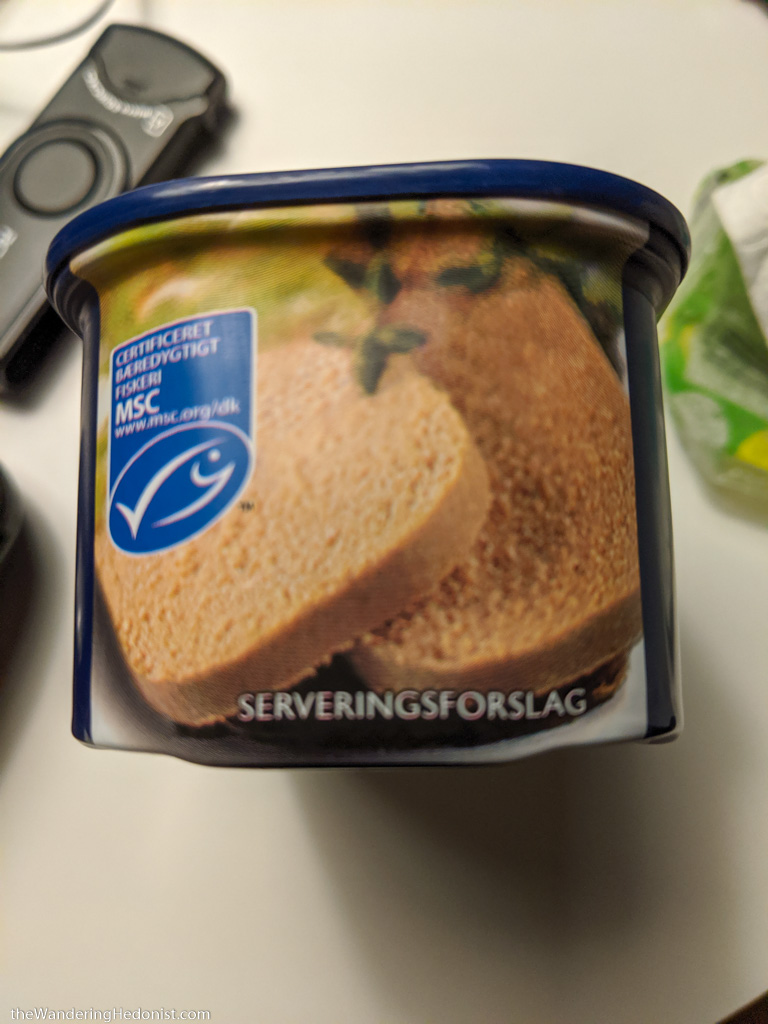
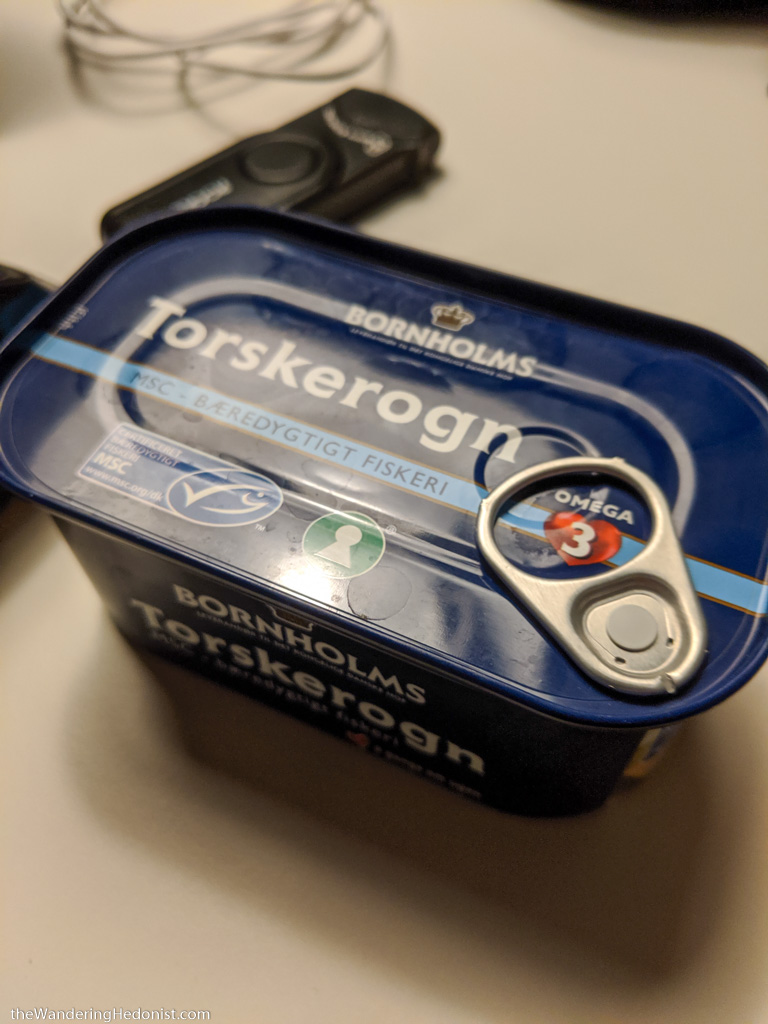
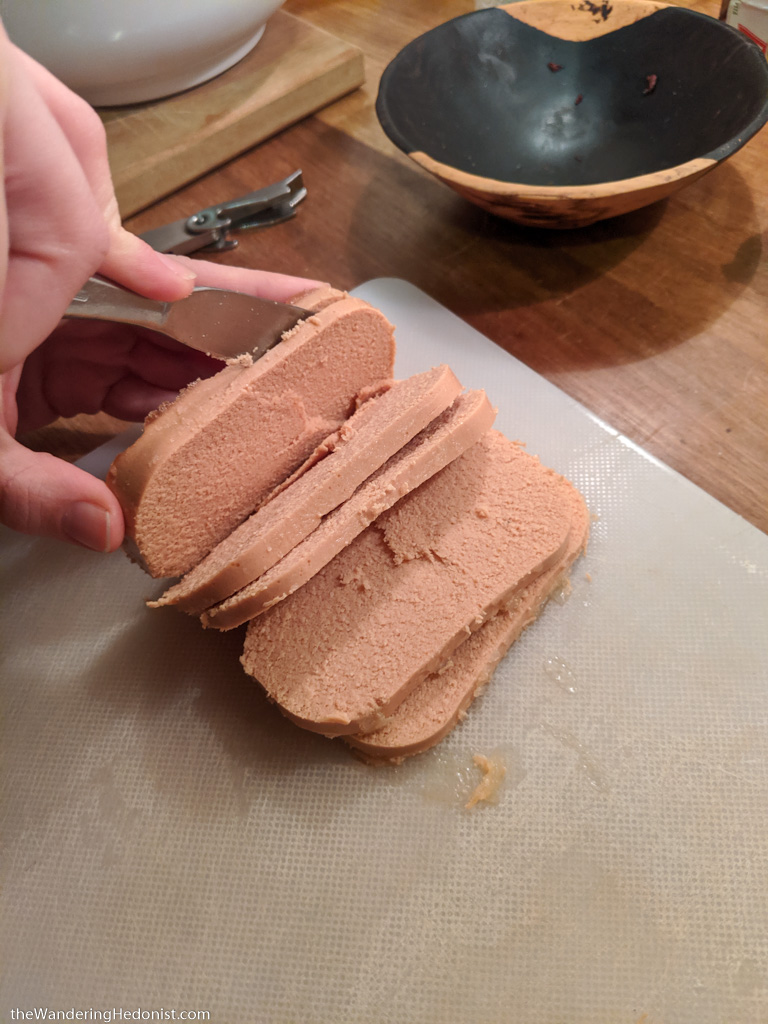
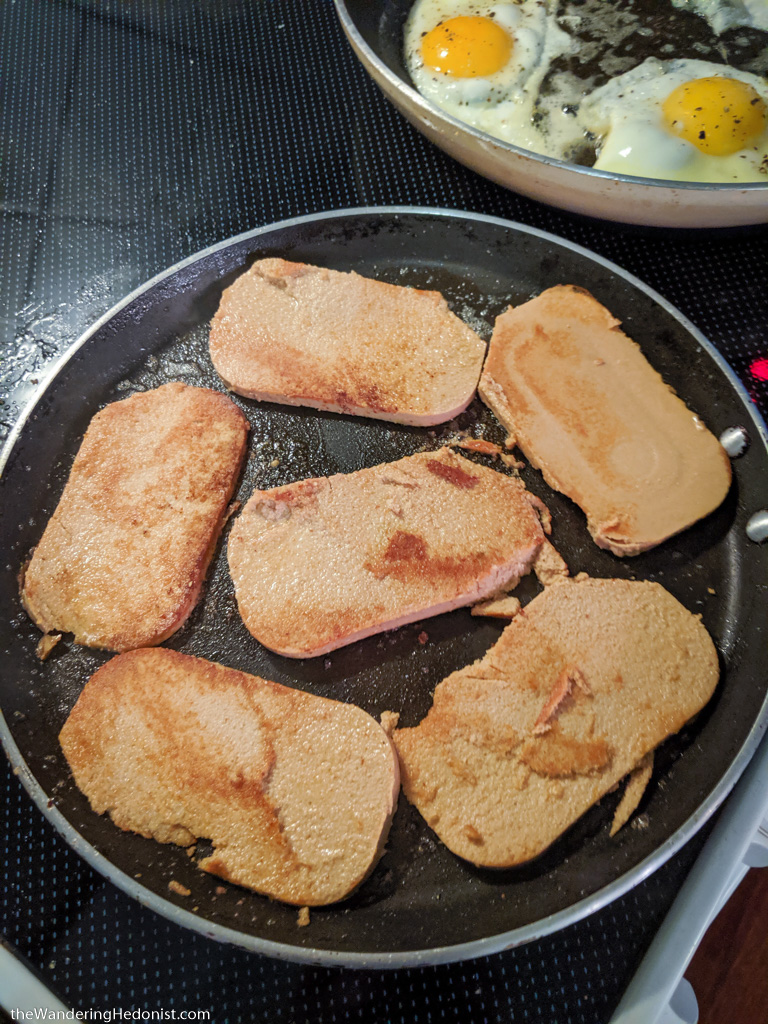
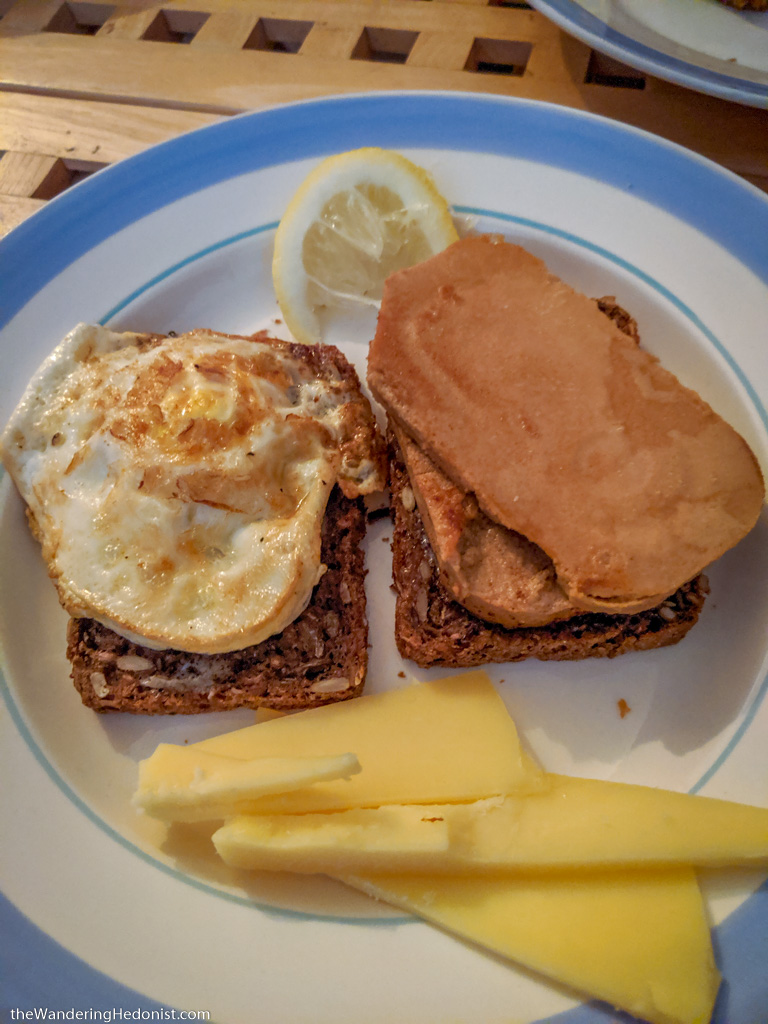
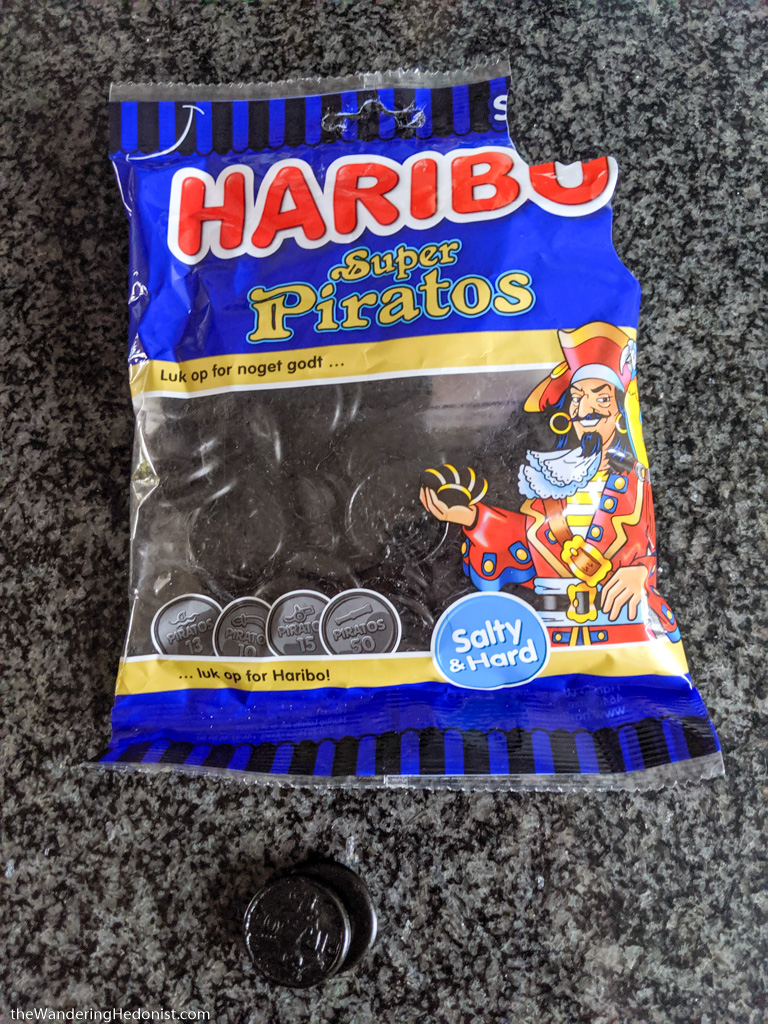
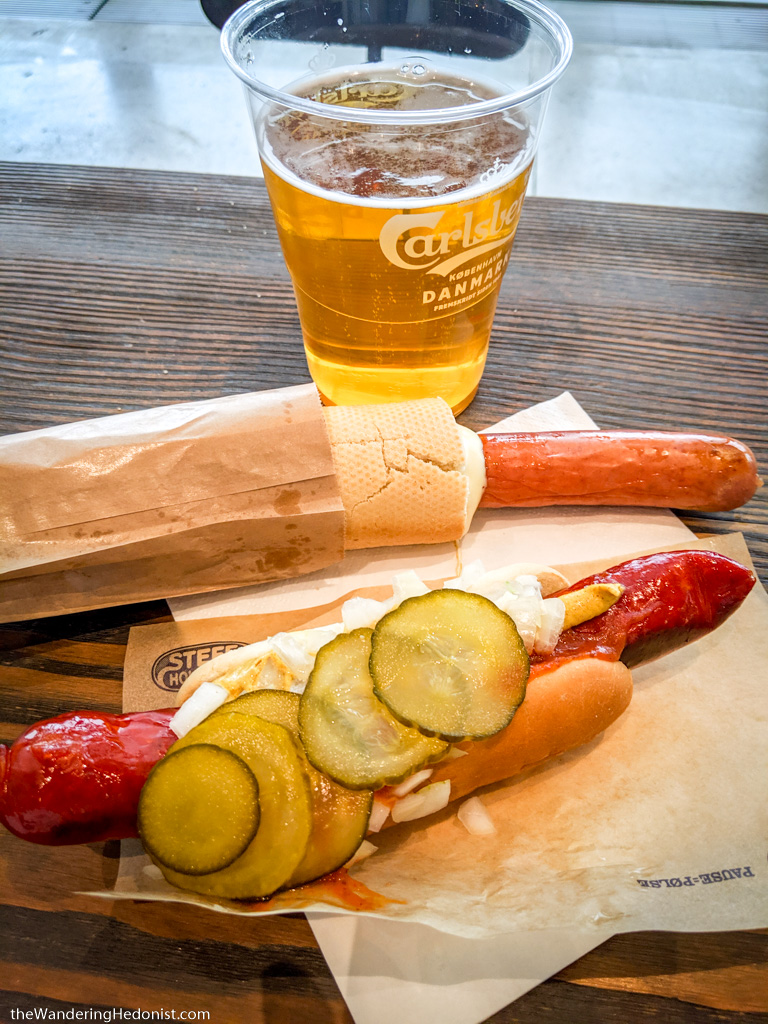
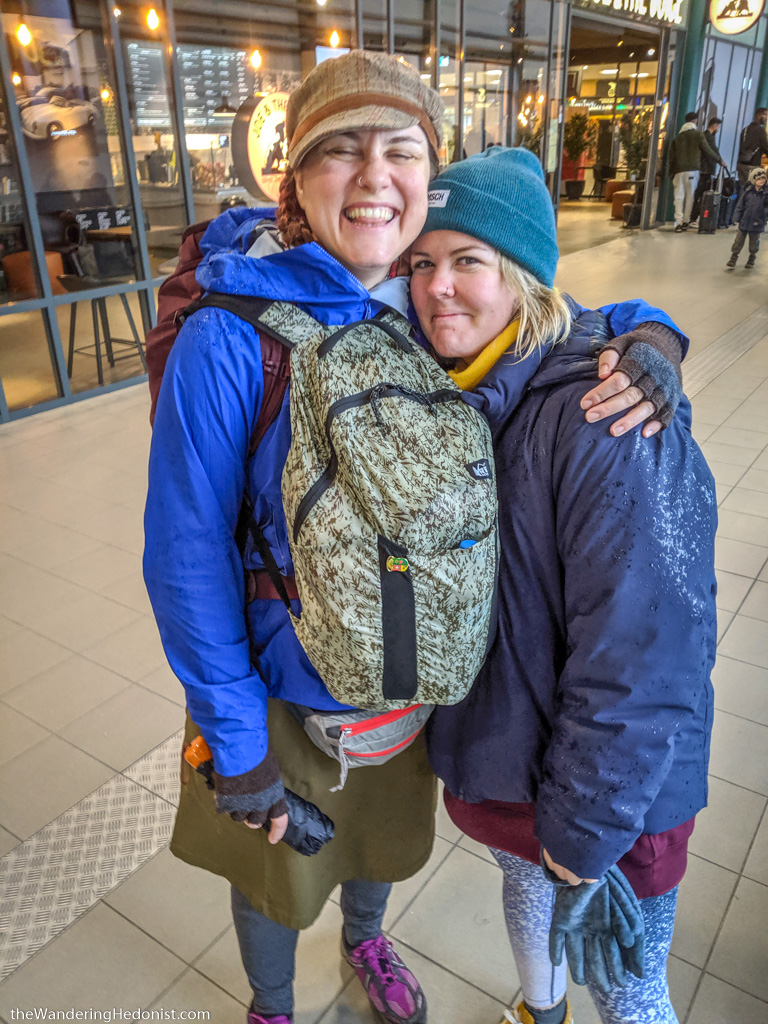
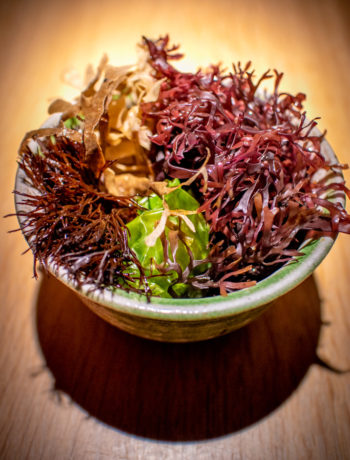
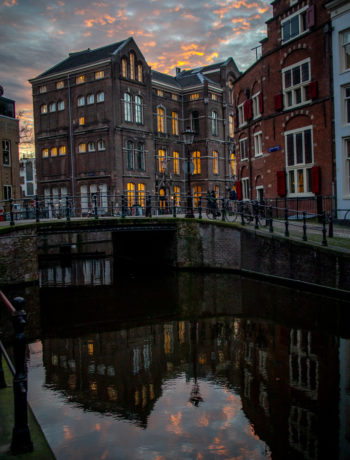
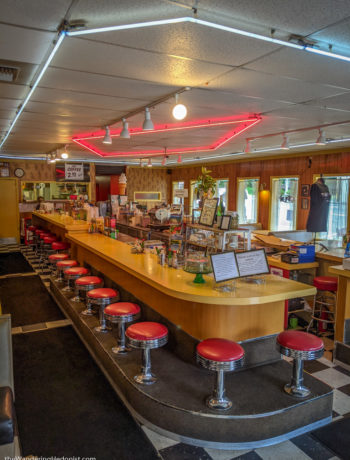
1 Comment
Odense Blog: A Visit to the Home of Hans Christian Andersen ⋆ A Rambling Unicorn
March 15, 2020 at 1:16 pm[…] Folk high schools are a Danish tradition of non-formal adult education that exists generally between high school and formal college or university. These are informal boarding schools that are typically attended by 18-24 year-olds (though there’s no age limit) for around four months or more. There are no grades or exams. The schools focus instead on learning life skills, independent living, building ownership in community, and personal development and focus to help orient the student’s future studies and life goals. [Ok I’ll admit it, I stole this paragraph pretty much word-for-word from Daniel’s blog about our Odense visit (with permission). You can read it here: Day 127 – Odense, Denmark] […]